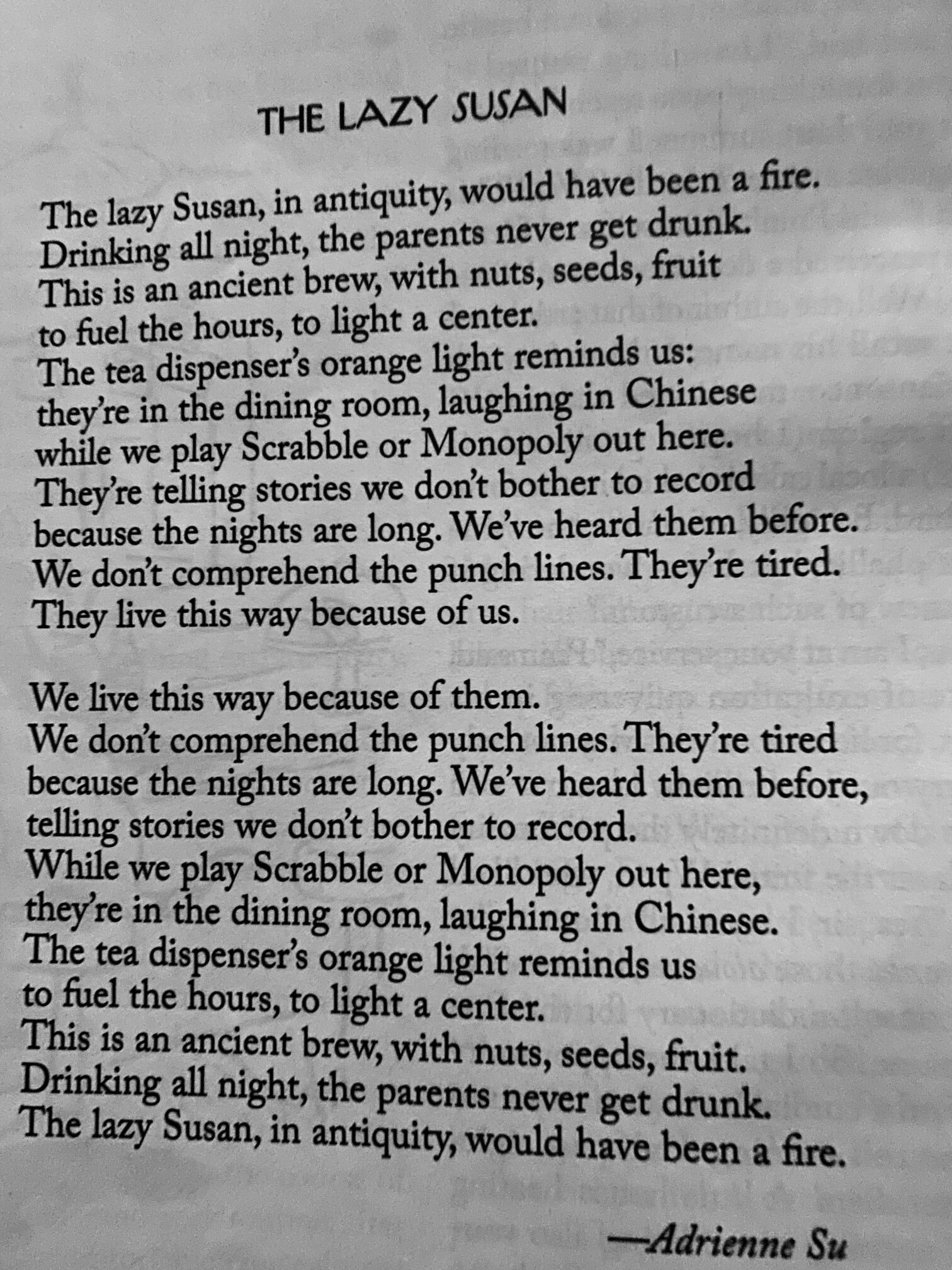Palindrome poetry starts with an initial poem and then hinges on a line that usually repeats directly in the middle of the poem before working through the rest of the lines in reverse order.
- Billy Collins
The word palindrome is derived from the Greek word palindromos, which is a combination of palin meaning “again” and dromos meaning “route or direction.”
There are palindrome forms in music, and composers often sneak them in to create interesting forms of motion and temporality. Biologically, our genes are palindromic – their order is the same, forward and backward. Numbers can be palindromic: see, 88, 99, 101, 111, 121, 131, 141, 151, 161, and 171 which can be read backward and forward in the same way.
Conventionally, a palindrome is defined as a string of words that contain a sequence of letters in the first half that are presented in the exact reverse order in the second half. A few examples:
taco cat
kayak
defied
radar
times emit
civic
level
Madam, I’m Adam
a man, a plan, a canal, Panama
A word unit palindrome is a grouping of words that appear in an identical order if viewed forward or backward. A phrase like “face to face” is a simple example of a word-unit palindrome; there are more complex word-unit palindromes that change meaning when read backward.
A line-unit palindrome is a piece of writing, most often a poem, that has an initial set of lines that then reverse order halfway through the piece without alterations to the word order within the line. Line-unit palindromes are also called mirror poems because they mirror they top portion of the poem onto the bottom.
NEIL AITKEN: “This is chiasmus, an ancient Hebrew poetic form of parallelism. Chiastic poems move toward a central couplet - a hinge - that offers the most important insight or point, then unfold backwards from there, either revisiting the previous lines through restatement or inversion.”
Adrienne Su’s fantastic poem galvanized this post about palindromes.
Examples of palindrome poems:
“Two Brief Views of Hell” by Susan Stewart
“The Back Seat of My Mother’s Car” by Julia Copus
“My Education” by Derrick Austin
“After Louise Bourgeois’ “What Is the Shape of This Problem?” by Sloane Scott
“America” by Solmaz Sharif (a fantastic poem that opens her new collection)
“Three Poems to Psyche” by A. E. Stallings
“Myth” by Natasha Trethaway
This wacky, tacky long palindromic thing by Demetri Martin
“The Star Gauge” by Su Hui, a 4th-century Chinese poet whose palindrome comprises a 29 x 29 character grid which can be read in multiple directions and portions, allowing for roughly 3,000 readings.
“Doppelgänger” by J. A. Lindon
A barcode palindrome by Theo Chiotis
“Bilingual Palindrome” by Pedro Poitevin
“Language” by Nadia Alexis, a modified palindrome poem
“Refugees” by Brian Bilston
“The Traveling Line” by Jenny George
“[my father explains why my parents left me behind when defecting]” by Alina Stefanescu, who is also, ultimately, me
Antimetabole
Antimetabole is a figure of speech in which a phrase is repeated, but with the order of words reversed. The word comes from a Greek phrase that means, "turning about in the opposite direction," and which sums up the effect of words being repeated in reverse order, sort of like retracing steps on a path. It is funky and fun and worth playing with.

